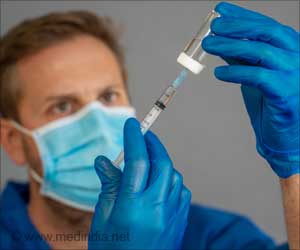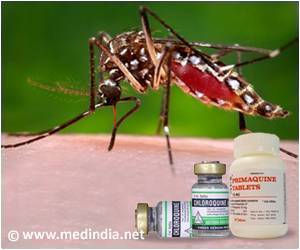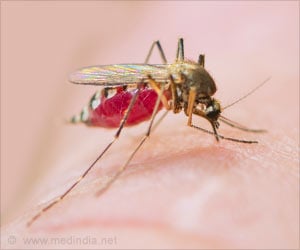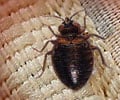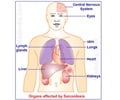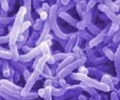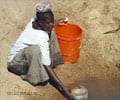Chloroquine Medication Information
Learn everything you need to know about Chloroquine-pronunciation, uses, dosage guidelines, indications, and when to take or avoid it.
Get up-to-date information on side effects, precautions, warnings, and proper storage to ensure safe usage.
Explore Chloroquine brand names commonly used in India and internationally, along with detailed pricing information. Consult your healthcare provider for tailored medical advice.
Generic Name : Chloroquine Pronunciation : chlo-ro-quine ICD Code : Y41.2 Therapeutic Classification : Anti- MalarialsBrand Names or Trade Names of Chloroquine
India :
International :
Aralen
Why is Chloroquine Prescribed? (Indications)
Chloroquine is used for the treatment of Malaria, Rheumatoid Arthritis, Lupus Erythematosus & COVID-19 Infection.Mechanism of action: It acts by blocking the action of enzyme ‘heme polymerase’ in malarial parasites and this leads to accumulation of heme - which is toxic to the malarial parasite. This leads to the death of the malarial parasite.
Update:
•FDA warns against the use of chloroquine or hydroxychloroquine for treating COVID-19 outside the hospital setting or a clinical trial due to high risk of heart rhythm issues.
• Chloroquine and hydroxychloroquine gained attention in spite of sayings by the World Health Organization (WHO) that there is no definitive evidence they work for COVID-19 patients.
• Larger, high-quality randomized clinical trials may be needed in order to precisely evaluate its effectiveness, according to University of Oxford's Kome Gbinigie, author of a report on anti-malarial testing for Covid-19.
• More than 20 trials are being carried out on chloroquine for treating COVID-19 in the US, UK, Spain, and China.
When should Chloroquine not be taken? (Contraindications)
Contraindicated in patients with: • Allergy to Chloroquine• Hypoglycemia
• Retinopathy- Vision problem
• Liver toxicity
What is the dosage of Chloroquine?
Adults: PO- Initial dose is 600 mg, then 300mg 6hours later and 300mg every day for 2 days.Children: PO- Initial dose is 10 mg/kg, then 5mg/kg 6hours later and 5 mg/kg every day for 2 days.
How should Chloroquine be taken?
Chloroquine tablets should be taken by mouth with food or with milk to avoid gastritis and acidity.What are the warnings and precautions for Chloroquine?
•Caution should be exercised in patients with a history of blood disease, glucose-6-phosphate dehydrogenase (G-6-PD) deficiency, seizures, stomach problems, liver disease, central nervous system problems, psoriasis, any allergy, who are taking other medications, elderly, children, during pregnancy and breastfeeding.• It may cause dizziness, do not drive a car or operate machinery while taking this medication.
• Avoid exposure to sunlight.
What are the side effects of Chloroquine?
Eye and ENT - Vision impairment, deafness, ringing in the ear and ear damage.Musculoskeletal - Nerve disease and muscle weakness.
Gastrointestinal - Loss of appetite, nausea, vomiting, diarrhea and abdominal cramps.
Skin - Skin eruptions, pigmentation, itching, sensitivity to light, and hair loss.
Blood - Anemia, reversible decrease in white blood cells and platelet counts.
Central Nervous system - Seizures, headache, emotion, personality changes and depression.
Heart - Low blood pressure.
What are the other precautions for Chloroquine?
•Blood cell counts should be checked frequently if patients are given long term therapy.•Patients with enlarged heart or cardiomyopathy should be careful while using chloroquine, as it may cause abnormal rhythm.
• Avoid excess dosage.

